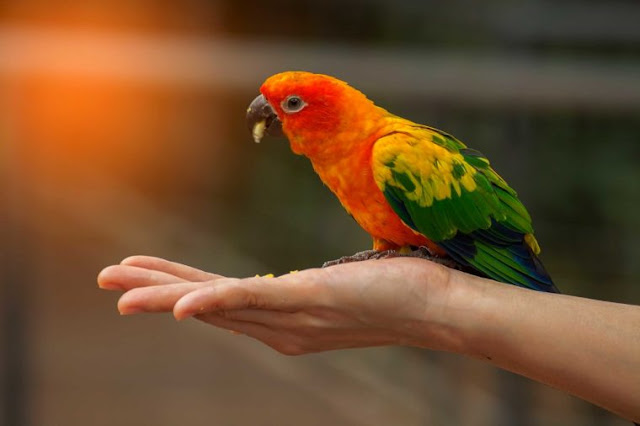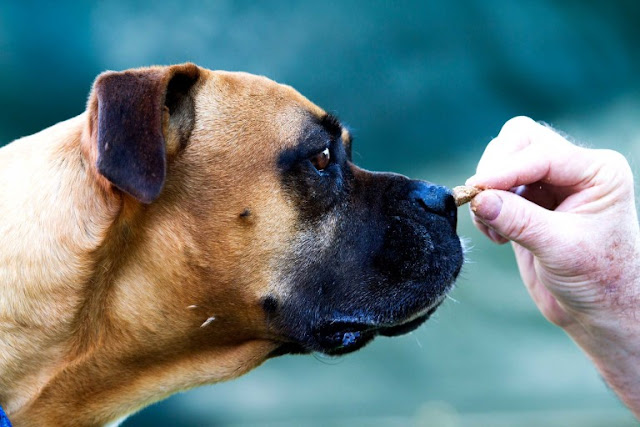Anyone who has ever known the love of a pet knows the deep bond that forms between human and animal. Animals have long been used to help disabled people with daily tasks, though most people think of guide dogs when they think of service animals that assist those with disabilities. Those with mental health and emotional issues such as anxiety, PTSD, and depression are now using emotional service animals. Are they glorified pets or legitimate animal heroes? Read on to make an informed decision for yourself.

Sarah Smith, 22-years old, is a United States Marine police officer with an anxiety disorder that medication could never quite squelch. When a trip to a pet store turned out to be the one place that held the answer to her anxiety issues, she discovered that emotional support animals (or ESAs), might look a bit different from the typical dog or cat. “On a trip to the pet store I came across an African Senegal parrot, and we just clicked,” she says. “It wasn’t long after that I noticed that my new parrot, Zoboomafoo, was very intuitive and could tell when my anxiety was high or I was having a panic attack. He would sit on my shoulder and offer me kisses, whistles of encouragement, and provide me with distraction until my heart rate came back down and my anxiety was under control,” she explains. Though there is currently no way to officially register an ESA, Smith was able to get an emotional support animal letter from a mental health practitioner to allow Zoboomfoo to travel with her. “He gives me the boost of confidence I need to get through a crowded store or drive in the rain and dark,” she says. He flies with her too, staying with her through the airport and siting on her lap during flights. “Something that once caused me extreme stress is now just a trip with a trusted friend,” she says.
The Benefits of ESAs
The overall physical and mental benefits of living with an animal have been known for years: Animals are good for us. According to Psychology Today, studies have shown that owning a dog reduces blood pressure, lifts and prevents depression, slows the heart rate, and reduces muscle tension. It is easy to see why those battling mental and emotional health issues would want to keep their animal companions by their side as much as possible. Smith is certainly not alone in her appreciation for her emotional support animal. According to the huffingtonpost.com, the number of ESAs assisting owners on flights has increased ten times in California after the state’s Department of Travel softened its regulations regarding them. While California is ahead of the curve, there is no official government database for emotional support animal registration. Laws regarding the rights of ESAs to go to public places with their owners differ from state to state.
ESA Rights Vary from State to State
Many companies are taking advantage of the absence and creating sites that claim to be the official database, providing registration cards and ESA identification vests for a fee. According to the Americans With Disabilities Act, or ADA, ESAs are not considered service animals as they are not trained for a specific task to assist a disabled person. If an emotional service animal is trained to provide comfort to its owner by performing a specific task, this might then be considered an exception to the ADA’s rule. Emotional support animals do have the right to live with their owner in all circumstances, however, even if a landlord has a policy that does not allow pets. Though some may argue whether an emotional support animal should have the same rights as a trained service dog, one thing that most can agree on is this: the bond between animals and humans is beneficial and meaningful, and we can thank them for being a source of positive energy in the lives of those that love them. Just ask Smith and Zoboomfoo.






















